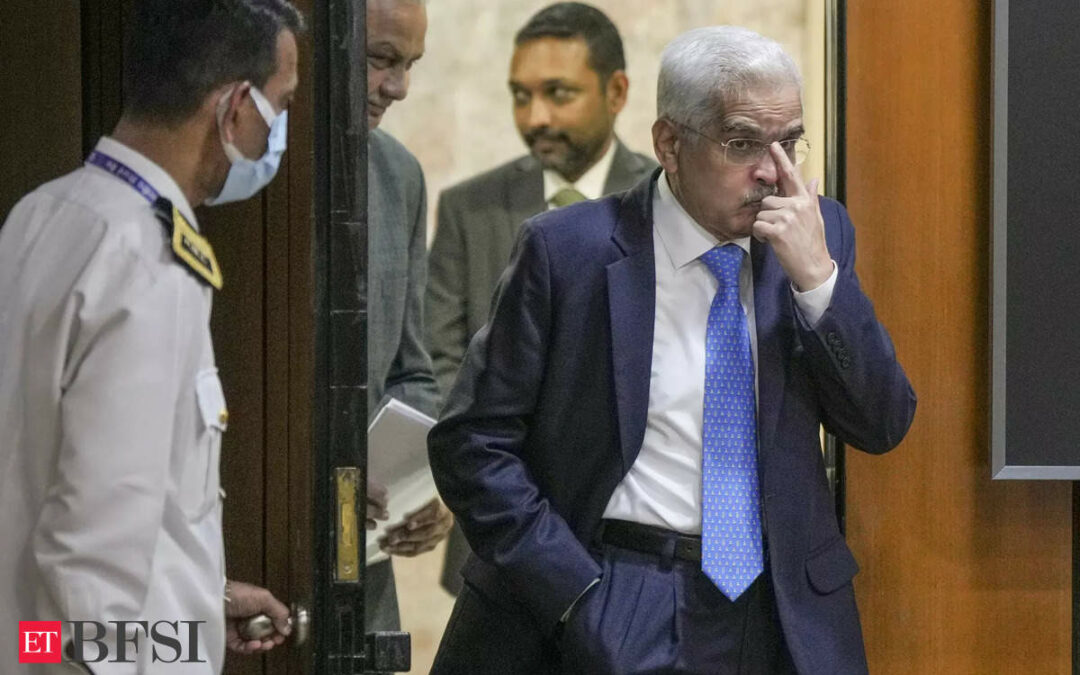While announcing the key decision of the Monetary Policy Committee (MPC) on Thursday, Governor Shaktikanta Das said the the Indian financial system remains resilient and is gaining strength from broader macroeconomic stability.
He further said its well-capitalised and unclogged balance sheet is reflective of higher risk absorption capacity. The NBFC sector and the Urban Cooperative Banks also continue to show improvements.
“Even in such stable financial sector conditions, the emphasis cannot shift away from proactive identification of potential risks and challenges, if any,” he mentioned.
Also Read: From days to hours: RBI reduces cheque clearing cycle
Governor Das highlights 4 issues
While emphasising the need for proactive identification of potential risks and challenges, the governor highlighted four key issues.
Alternative investment avenues becoming more attractive:
First, it is observed that alternative investment avenues are becoming more attractive to retail customers and banks are facing challenges on the funding front with bank deposits trailing loan growth.
As a result, banks are taking greater recourse to short-term non-retail deposits and other instruments of liability to meet the incremental credit demand, he said.
“This, as I emphasised elsewhere, may potentially expose the banking system to structural liquidity issues. Banks may, therefore, focus more on mobilisation of household financial savings through innovative products and service offerings and by leveraging fully on their vast branch network,” he added.
Excess leverage through retail loans needs monitoring:
Governor Das said that it is observed that the sectors in which pre-emptive regulatory measures were announced by the Reserve Bank in November last year have shown moderation in credit growth.
However, certain segments of personal loans continue to witness high growth, he added.
“Excess leverage through retail loans, mostly for consumption purposes, needs careful monitoring from macro-prudential point of view.”
It calls for careful assessment and calibration of underwriting standards, as may be required, as well as post-sanction monitoring of such loans, he added.
Concern over top-up housing loans:
The third issue that is attracting our attention is home equity loans, or top-up housing loans as they are called in India, which have been growing at a brisk pace. Banks and NBFCs have also been offering top-up loans on other collateralised loans like gold loans, Governor said in his speech.
It is noticed that the regulatory prescriptions relating to loan to value (LTV) ratio, risk weights and monitoring of end use of funds are not being strictly adhered to by certain entities, he said.
“Such practices may lead to loaned funds being deployed in unproductive segments or for speculative purposes.”
Banks and NBFCs would, therefore, be well-advised to review such practices and take remedial action, he noted.
Risk management frameworks in IT infrastructure:
Governor Shaktikanta Das highlighted the recent unprecedented IT outage globally, which affected businesses in many countries.
He said, the outage demonstrated how a minor technical change, if it goes haywire, can wreak havoc on a global scale. It also showed the fast-growing dependence on big-techs and third-party technology solution providers.
“In this background, it is necessary that banks and financial institutions build appropriate risk management frameworks in their IT, Cyber security and third-party outsourcing arrangements to maintain operational resilience,” he added.
RBI has time and again emphasised the importance of robust business continuity plans (BCP) to deal with such incidents.
Also Read: In a bid to curb scams, RBI announces ‘public repository’ of Digital Lending apps











